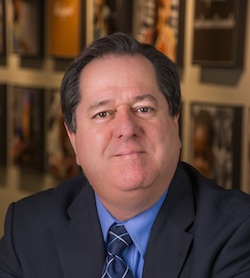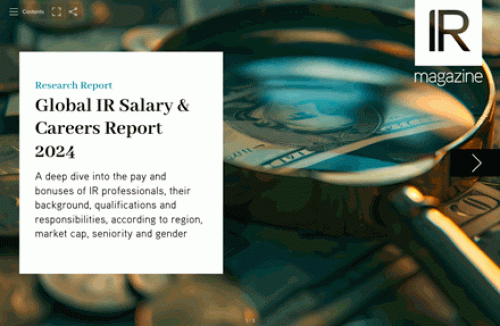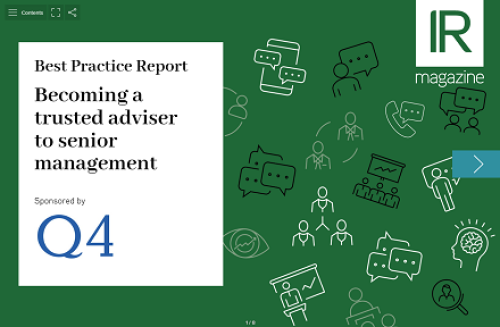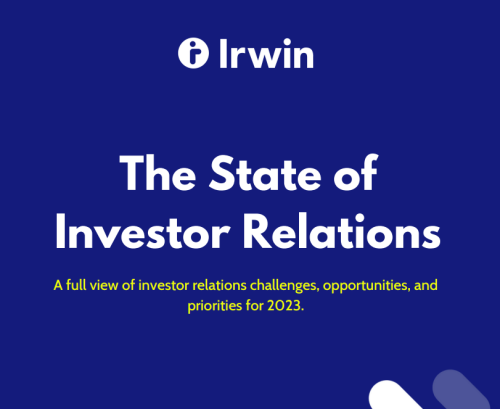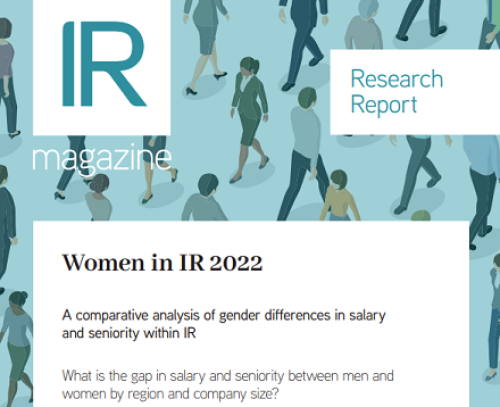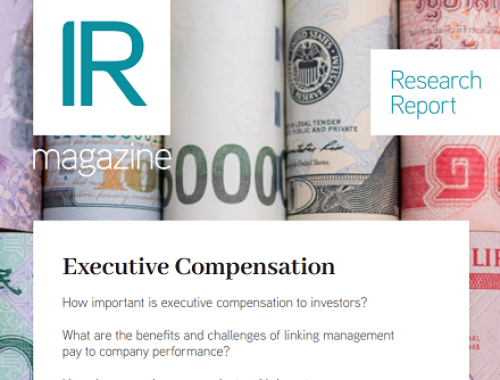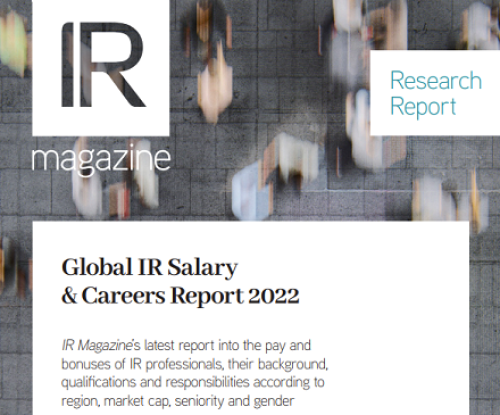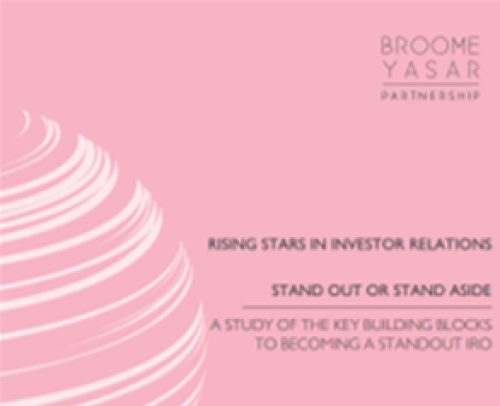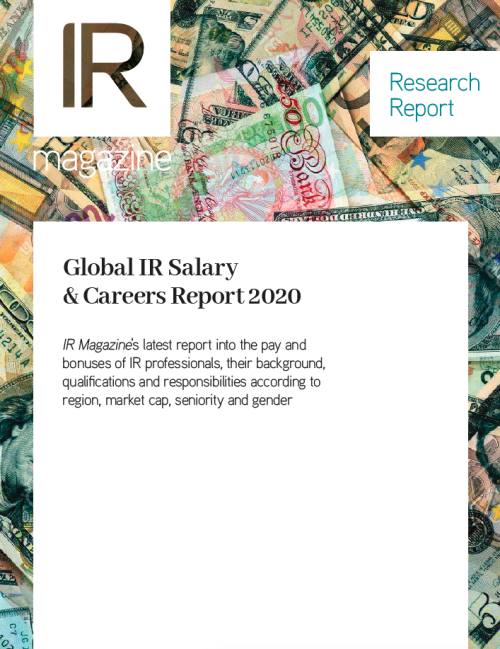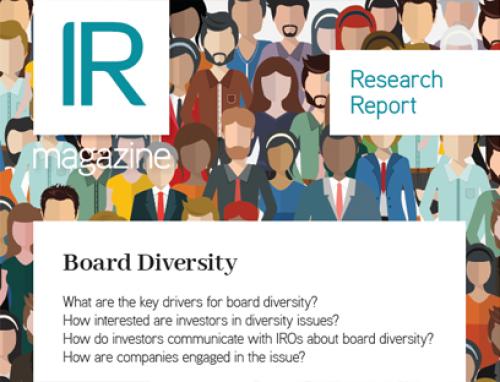Drilling down into Semafo's award-winning IR program with the Canadian firm's head of IR, Robert LaVallière
Ahead of this year's IR Magazine Awards - Canada, held in early February, IR Magazine spoke to Robert LaVallière, head of IR at the Saint-Laurent, Quebec-based gold mining company Semafo. The company currently oversees a number of gold production and exploration activities in West Africa, largely split between two mines in Burkina Faso and Guinea. In 2012, production at Mana Mine, just west of Ouagadougou, the capital of Burkina Faso, totaled 172,700 ounces of gold.
When he joined as head of IR in October 2012, LaVallière brought 25 years’ of investor relations experience to Semafo. He is also a geologist, something he says gives him an extra edge in mining IR.
‘In this sector, if you have a strong financial background and a strong technical background – and if you can combine the two – it’s a really good asset for the company,’ explains LaVallière, who started as a geologist at a mining firm only to move into finance and end up back at a mining firm. ‘At the time I said I’d never go back into the mining sector, as I often worked in very beautiful but isolated regions in north western Canada and north Quebec. I wanted to be closer to home and my family, especially after I had my first child.’
After completing an MBA in finance and spending two years with the Montreal Stock Exchange (now the Montréal Exchange), however, LaVallière eventually gravitated into IR and the mining sector. ‘And now the traveling is worse than ever!’ he exclaims.
His experience is certainly benefiting Semafo: under his leadership, the company has climbed from 118th place last year to enter the 2014 Canada Top 50 in joint 43rd place, and scooped the sought-after grand prix for the best overall IR at a small-cap company at this year’s awards.
What changes have you brought in since joining Semafo?
|
'In difficult times, you have to adjust your IR program' |
First of all, we built a new team. We [also] did more targeting to understand the strategy of our shareholders: what investments are they making? Are they long-term shareholders or hedge funds? What kind of returns are they looking for? In 2013 we also started using IR tools to have a better understanding of movement on Toronto Stock Exchange and also NASDAQ OMX Stockholm [Semafo has a secondary listing in Sweden]. We try to keep our shareholders well informed: since the beginning of 2013 I would estimate we have met maybe 70 percent of our institutional shareholders.
How have the changes in gold prices affected your IR program?
At the end of 2012, gold was $1,700 an ounce; by December 2013, it was close to $1,200, so the drop in the price of gold since the beginning of the year was close to $500 an ounce. When you produce 200,000 ounces of gold, that’s a lot of money.
It affects the bottom line, and every dollar we put into the IR program affects the general and administrative costs of the firm, so we have some pressure to optimize everything, at all levels.
In difficult times, you have to adjust your IR program. We don’t know what [gold prices] will be like in 2014 but right now we are streamlining the IR budget and trying to be more efficient. We will cut our conferences in 2014 and I would prefer to do some specific roadshows in Europe and Toronto, New York and Boston, and probably go through brokers – or go by ourselves – to visit our shareholders. It will be specific IR and very much aimed at maximum impact.
Semafo is a mining firm: how important is CSR to your investors?
The sustainability program is very important because some of our shareholders do ask questions about CSR, such as: what do you do for the community? How are you involved in the community? How do you share your profit or your expertise with the community?
These are questions I think are being asked more than before, [especially] if you have a dialogue with what I call a ‘green fund’ that is CSR-oriented because it wants to invest in companies that have both a good CSR program and good corporate governance.
We have two mines: one in Guinea, which is very small, and a second – the company’s biggest asset – in Burkina Faso. In both places we talk with the community about every expansion we do, and also provide the communities with excellent CSR programs.
We try to be involved in what we call sustainable programs, programs that can be self-sufficient after a year or two. This has been achieved in Burkina Faso with production centers for organic shea butter soap, organic paprika and sesame crops that generate revenue for the community.
We also invest in what we call micro-enterprises, giving help to an enterprise that could also be self-sufficient after a year or two. So we’re not only involved in schools, medical [provisions] and employment, but also try to bring programs to the community that can be sustainable.
What does your current investor profile look like?
Approximately 55 percent of our shareholders are in Canada, with 30 percent in the US and the balance in Europe. [Differences in the kind of questions asked by analysts and investors] are due to where our mines are located; we are a Canadian firm based in Montreal and Quebec but our mines are in western Africa. When we do presentations or have one-on-one meetings with portfolio managers in the US, they ask questions about Africa, about the political situation, about risk and our relationship with the government. If we do the same meetings in Europe, because of the history of business between Europe and Africa, they ask fewer questions about politics.
Of course, we may get questions if something happens: last year there was conflict in Mali, for example. We have no operations there but [investors] were asking questions about the political and security situation.
What are your plans for 2014?
Every year we have an exploration budget, and finding projects or mines with deposits for exploration is the cheapest route [to organic growth]. Last year we discovered a good, high-grade deposit very close to the mine in Burkina Faso and announcing that to the market was a kind of catalyst for the financial community. This project – the Siou project – is a deposit now but will be in production in Q2 2014.
Mining analysts and portfolio managers often ask how we allocate capital, where we are making the best rate of return and how we do that. The answer for us is: through exploration.
